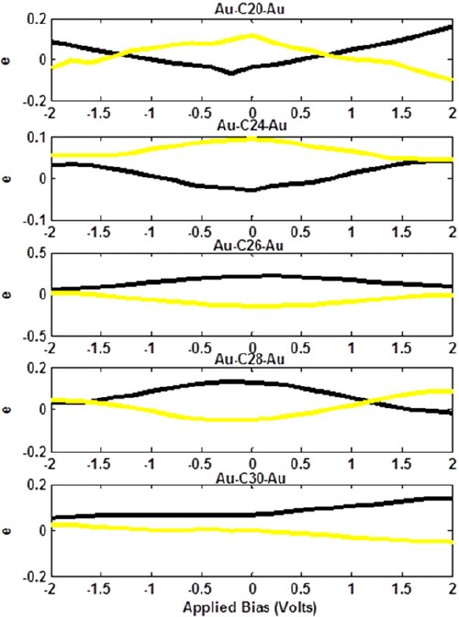
There was no significant improvement found in the doped gas sensing capability of germanene over the vacancy defects, except for CO 2 upon adsorption on N-doped germanene. Additionally, the influences of substituted dopant atoms such as B, N, and Al in the germanene nanosheet have also been considered to study the impact on its gas sensing ability. Projected density of states provides detailed insight of the gas molecule's contribution in the gas-sensing system. Also, the charge transfer is found using Mulliken population, which also contributes to the weak sensing of this gas molecule by P-ASiNR. The adsorption energy of HCN on P-ASiNR indicates that the gas molecule is weakly sensed. CO2 and CO donates charge to the ASiNR, showcasing their electron-donating nature contrariwise, CH4 behaves as electron-withdrawing gas by accepting electronic charge from ASiNRs.

The enhancement of the interactions between gas molecules and the germanene nanosheet has been further investigated by density of states. Table 1 shows the values of calculated adsorption energies and charge transfers between the gas molecule and ASiNRs. Mulliken population analysis reports that a significant amount of charge transfer prevails between ASiNR and gas molecules, validating our results for adsorption energies of the systems. Mulliken population analysis imparts that an appreciable amount of charge transfer occurs between gas molecules and a germanene nanosheet which supports our results for adsorption energies of the systems. Our calculations have revealed that while a pristine germanene nanosheet adsorbs CO 2 weakly, H 2S moderately, and SO 2 strongly, the introduction of vacancy defects increases the sensitivity significantly which is promising for future gas-sensing applications.

First-principles calculations based on density functional theory (DFT) have been employed to investigate the structural, electronic, and gas-sensing properties of pure, defected, and doped germanene nanosheets.


 0 kommentar(er)
0 kommentar(er)
